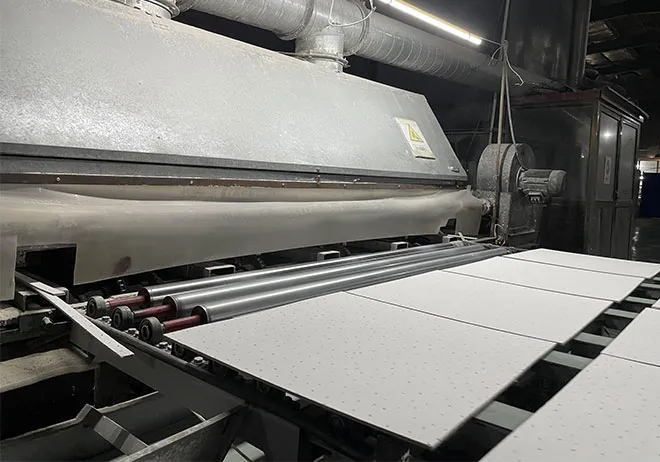- Afrikaans
- Albanian
- Amharic
- Arabic
- Armenian
- Azerbaijani
- Basque
- Belarusian
- Bengali
- Bosnian
- Bulgarian
- Catalan
- Cebuano
- Corsican
- Croatian
- Czech
- Danish
- Dutch
- English
- Esperanto
- Estonian
- French
- German
- Greek
- Hindi
- Indonesian
- irish
- Italian
- Japanese
- Korean
- Lao
- Malay
- Myanmar
- Norwegian
- Norwegian
- Polish
- Portuguese
- Romanian
- Russian
- Serbian
- Spanish
- Swedish
- Thai
- Turkish
- Ukrainian
- Uzbek
- Vietnamese
nov . 12, 2024 19:39 Back to list
ceiling access panel design
Ceiling Access Panel Design An Essential Component in Modern Construction
In contemporary building design, functionality and accessibility are paramount. One often overlooked yet crucial element in this context is the ceiling access panel. These panels provide essential access to various systems and utilities concealed within the ceiling space, such as electrical wiring, plumbing, HVAC systems, and more. A well-designed ceiling access panel can significantly enhance the efficiency and accessibility of maintenance work, making it a vital component in both residential and commercial structures.
Importance of Ceiling Access Panels
The primary function of ceiling access panels is to grant safe and easy access to the concealed areas above the ceiling. This is particularly important during regular maintenance and inspections. Without properly designed access points, technicians may face challenges in reaching vital systems, potentially leading to increased downtime and repair costs. Moreover, ceilings often harbor a variety of installations that must be routinely checked, making access critical for the ongoing functionality of the building.
Design Considerations
When designing ceiling access panels, several factors should be considered to ensure they meet both functional and aesthetic needs
1. Materials Ceiling access panels are made from various materials, including metal, plastic, and drywall. The choice of material should balance durability with weight. Metal panels, for instance, may offer more longevity and security, while lightweight materials could be easier to handle.
ceiling access panel design

2. Size and Location The size of the access panel must be appropriate for the equipment or systems it is intended to provide access to. Additionally, placement is crucial; panels should be located in easily accessible areas without disrupting the visual aesthetics of the ceiling.
3. Fire Safety Compliance In many jurisdictions, access panels must comply with fire codes, especially if they are installed in a fire-rated ceiling assembly. Designers should ensure that the panels chosen meet the necessary fire safety standards to protect building occupants.
4. Ease of Use Access panels should be designed for easy opening and closing. Options like spring-loaded mechanisms or removable panels can facilitate quick access while ensuring security when closed.
5. Aesthetic Integration A well-designed access panel should integrate seamlessly with the ceiling, blending in without drawing attention. This can be achieved through various finishes and custom designs that match the ceiling's surface.
Conclusion
Ceiling access panels are essential elements that significantly enhance the functionality of modern buildings. Thoughtful design considerations—including material selection, size, location, fire safety compliance, ease of use, and aesthetic integration—are all critical for ensuring that these panels serve their purpose effectively. As buildings continue to evolve in design and technology, the role of ceiling access panels will remain pivotal in maintaining infrastructure while ensuring convenience for maintenance professionals. Investing in high-quality, well-designed access panels can lead to long-term benefits, improving both building functionality and safety.
-
Transform Interiors with PVC Gypsum Ceiling: A Stylish, Durable, and Moisture-Resistant SolutionNewsMay.19,2025
-
The Smart Interior Upgrade: Discover the Durability and Versatility of Gypsum Ceiling Access Panel SolutionsNewsMay.19,2025
-
The Smart Choice for Interior Design: Discover the Value of PVC Gypsum Ceiling SolutionsNewsMay.19,2025
-
Mineral Fiber Ceiling Tiles: The Smart Blend of Performance and AestheticsNewsMay.19,2025
-
Mineral Fiber Ceiling Tiles: The Superior Choice Over Gypsum for Sound and Fire SafetyNewsMay.19,2025
-
Mineral Fiber Ceiling Tiles: Eco-Friendly Strength and Style for Every CeilingNewsMay.19,2025







